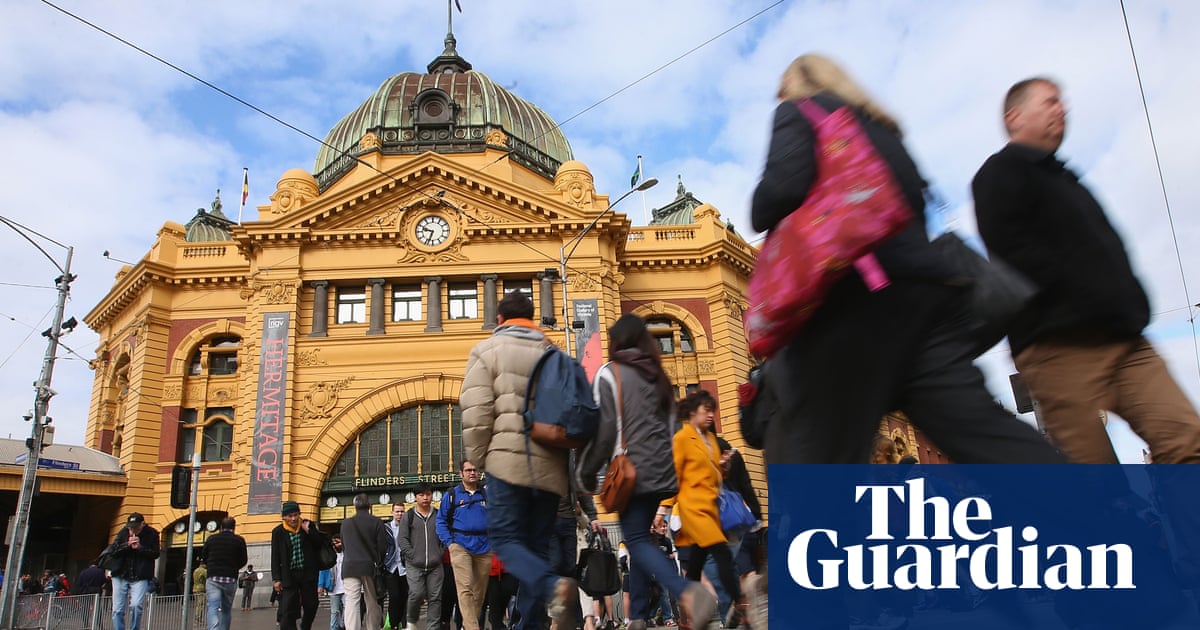Australians’ wages have increased faster than inflation for a fourth quarter in a row, bringing some relief to households battling with cost of living pressures.
The wage price index rose at an annual rate of 3.5% in the September quarter, the Australian Bureau of Statistics said on Wednesday. That result compared with a pace of 3.6% expected by economists and the 4.1% rate reported by the ABS for the June quarter. Annual headline consumer inflation was 2.8% for the July-September period.
On a quarterly basis, the WPI was up 0.8%, compared with market expectations of a 0.9% increase and the June quarter’s 0.8% advance. Quarterly CPI was just 0.2%.
The easing in wage price increases was roughly matched across both the public and private sectors. Public sector employees saw their wages rise a seasonally adjusted 3.7%, the lowest annual rate since the September quarter of 2022.
For the private sector, where about four in five people are employed, wages were up 3.5%, or matching the annual increase in the September quarter of 2023.
The widely expected wage increase for the September quarter marks a year of rises after adjusting for inflation. While welcome, the gain will only go part way to claw back some of the retreat when prices took off much faster than wages in late 2022 into 2023.
The Reserve Bank of Australia, too, will be keen that real wage increases don’t stoke inflation and mean interest rates have to stay high for longer. Prior to today’s data, investors weren’t fully pricing in a cut to the RBA’s cash rate until July.
NAB’s monthly business survey, released on Tuesday, though, found that labour cost growth has continued to ease, dropping from a quarterly pace of 1.9% in the three months to September to 1.4% in the three months to October.
The RBA will likely be generally content that wage increases are continuing to ebb, albeit at a slower pace than headline inflation. Employer-worker wage agreements tend to make wage increases a lagging indicator in the economy particularly with the jobless rate close to the lowest in half a century.
Stocks pared some of their losses for the day, in a modest sign investors were a bit more hopeful of a near-term interest rate cut. The Australian dollar was little changed, hovering a bit above 65.2 US cents.
“Wage rises for many jobs can be directly or indirectly linked to the outcomes of the Fair Work Commission Annual Wage Review decision,” said Michelle Marquardt, the ABS head of prices statistics at ABS.
That decision resulted in a 3.75% wage increase 1 July 2024, or two percentage points lower than for the same quarter of 2023, Marquardt said.
The ABS noted the proportion of jobs reporting a wage change was similar for the quarter – at about 45% – from the same period a year ago. The average size of hourly wage changes, though, was lower at 3.7% from 5.4% in the September quarter of 2023.
More soon







